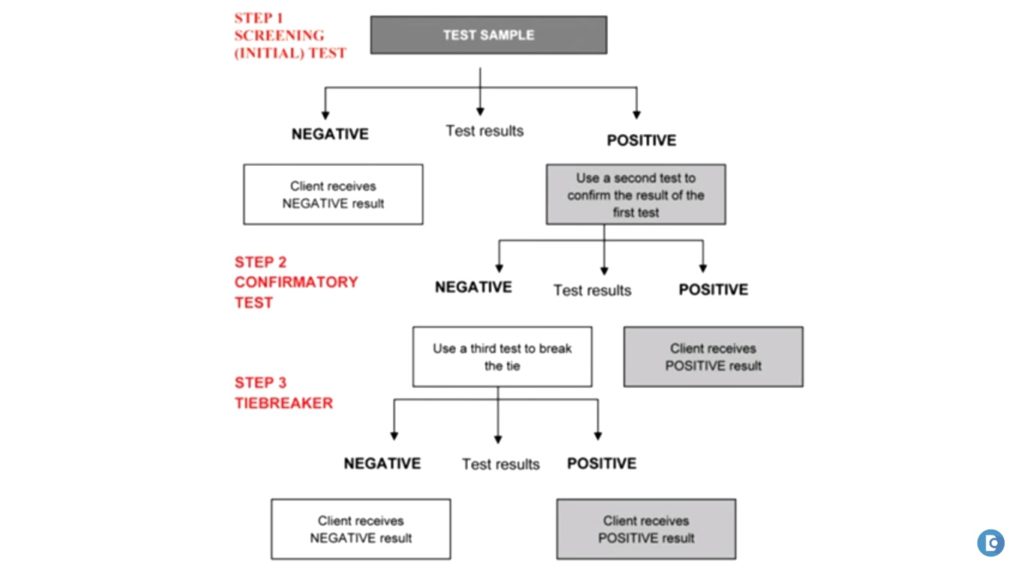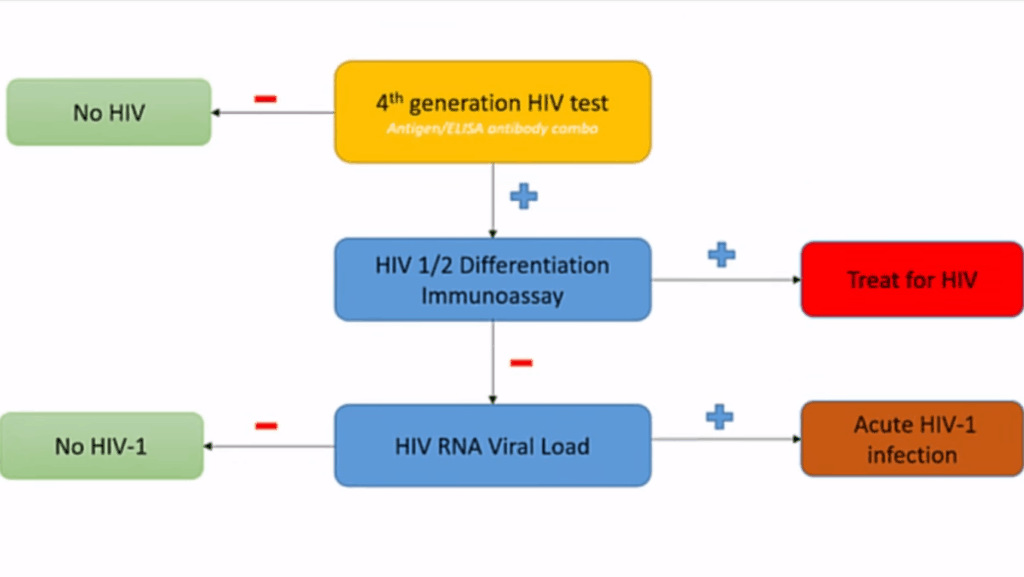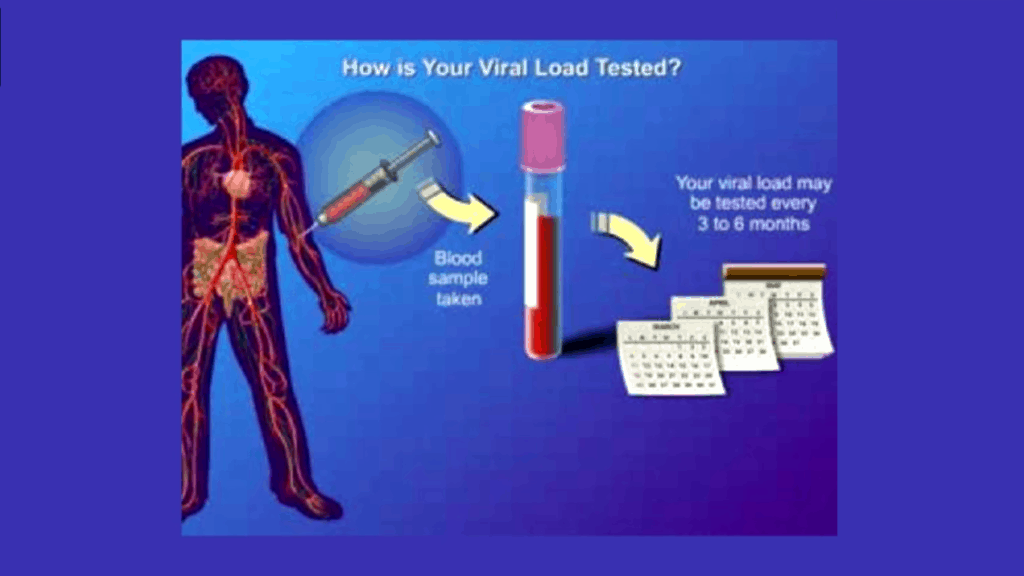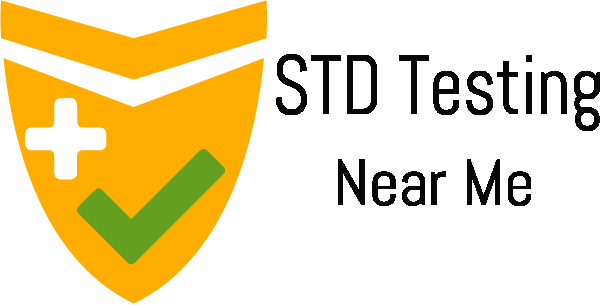Let’s face it, some decisions are life and death when it comes to HIV. One of the most important ways to prevent the spread of this disease is through testing. If you’ve engaged in any high-risk behaviors, even just once. you should take the test for yourself and for your loved one. High-risk behaviors include any type of sex where body fluids are exchanged in sharing needles of any kind. There are many types of HIV tests, out there and each one has its own accuracy level or the time for when the person is exposed to the virus.
Types of HIV tests and result time
1. HIV 1 & 2 antibody test (Rapid HIV testing)

Antibody screening test these tests check for a kind of protein that your body makes in response to the HIV infection. They’re generally very accurate but they won’t catch an early infection. This can be done by any means for example in some labs they have this you’ll be given an option of taking one of two rapid tests or a blood draw the rapid test can be either a small amount of blood taken from the fingertip or having your gum wiped with an oral swab test a single drop of blood can be collected from the fingertip using a Lancet and with the collection loop is placed in a vial of developer solution for 20 minutes and the result will be out immediately indicating positive or negative.
2. HIV 1 & 2:Antibody-antigen combination test (4th generation test)
They can detect HIV as soon as twenty days earlier than antibody screening tests. They take for HIV antigen and HIV antibodies as well a rapid antibody-antigen test can give you results in 20 minutes. Its accuracy level is 99.6%.
What is a fourth-generation test for HIV?

Fourth generation HIV tests, so this new test we have is a combination of 1) antigen p24 antigen and 2) Eliza for HIV 1 and 2 and as you can imagine this test is more sensitive than before 99.6% (theoretically 100%) sensitive so if it’s negative, you have a true negative and you’re done (no worries)
Where things get a little hairy is if you get back positive. So if you do so you have to actually confirm which parts of this test are positive. Is it the antibody or the antigen. So you start with the antibody test and you do an HIV 1/2 differentiation immunoassay which tells you is the person infected with HIV 1/2 or both.
If that’s positive you treat them for HIV. If that’s negative, you still have a question about whether this person has acute HIV? So you perform the viral load. If the viral load is negative then you had a false positive, and the patient does not have HIV. If that’s positive then you have acute HIV infection
Advertisement: Get tested for HIV with almost 100% of accuracy using 4th generation HIV testing with STD check
3. HIV RNA testing

This is an early detection test, this looks for the virus itself inside the blood and can diagnose HIV about 10 days after you’ve been exposed. If you are at high risk and you have any HIV like symptoms your doctor may want to prescribe this.
This test detects the nucleic acid of the RNA of the HIV virus. This is called a PCR test or a viral load. So these are the three main types of tests that we use to establish HIV infection and given that sometimes there can be difficulties in interpreting these tests it is advisable to read further.
Advertisement: HIV RNA test, go for the Early Detection Test, test directly for the virus
HIV Test and its window period
The HIV window period and the accuracy of HIV tests this has understandably caused a lot of confusion. The HIV window period is the time for when a person is infected with HIV and when our test can tell us that he or she is actually infected. This means if a person who is infected does a test during this so-called window period, the test will tell us that he is not infected with HIV, even though he is. This is called a false-negative test. Logically the window period depends on the type of HIV test done.
The PCR RNA HIV test is accurate from 10 days after infection.
The fourth generation HIV test also known as the combo test is accurate from 28 days after infection.
So what happens between day 1 and 10 you ask this is called the Eclipse period where no test we have now are accurate.
Also read: All STD tests accuracy table
Keep it simple just remember this
- If you attend these two a month from exposure get the HIV RNA test
- If you are 28 days or more from the date of exposure get the HIV fourth generation test


